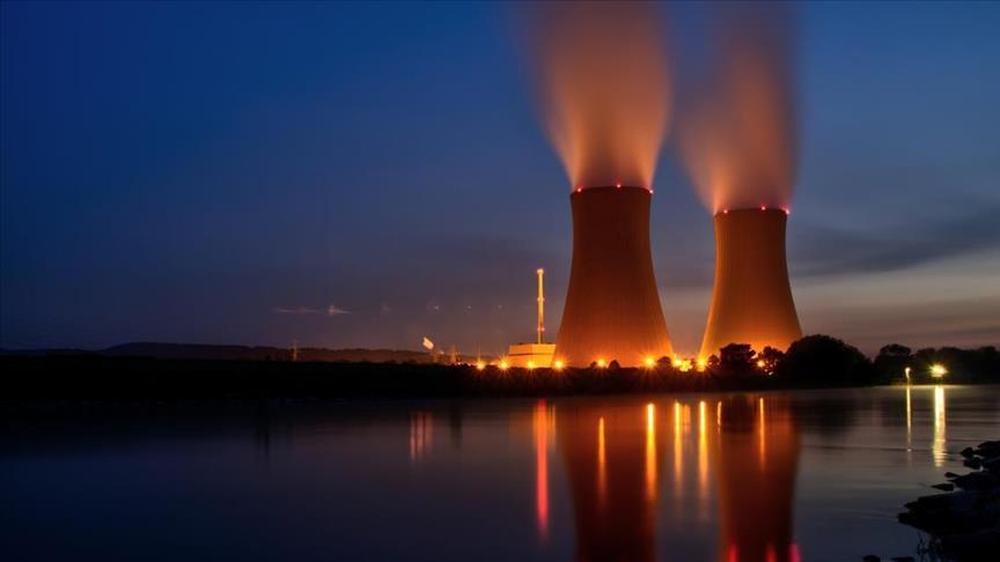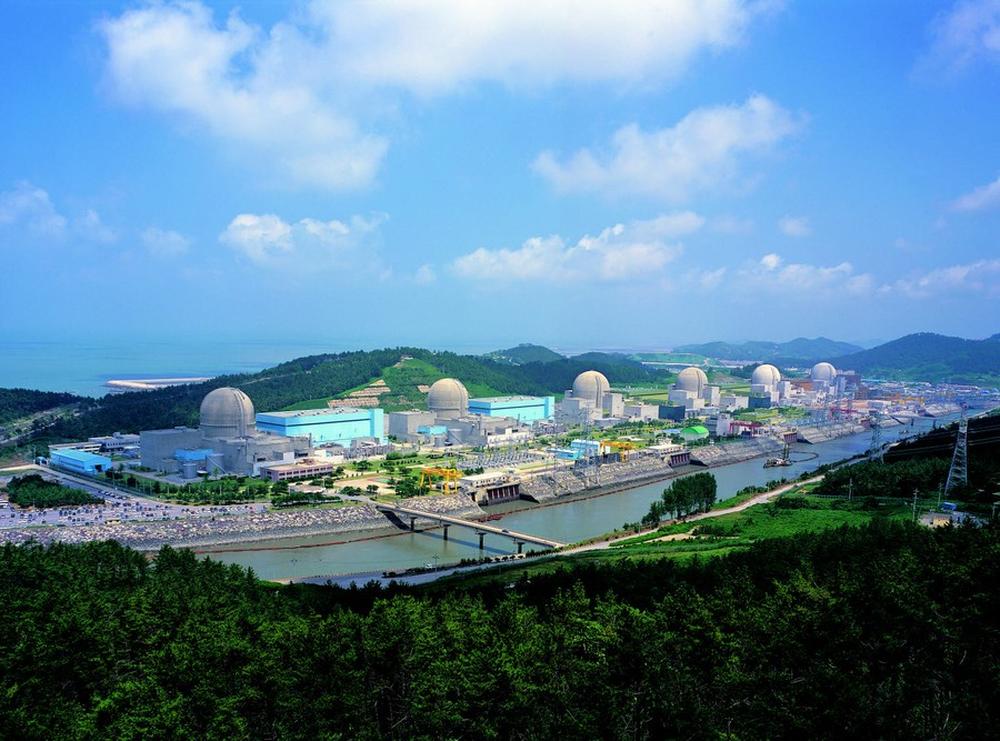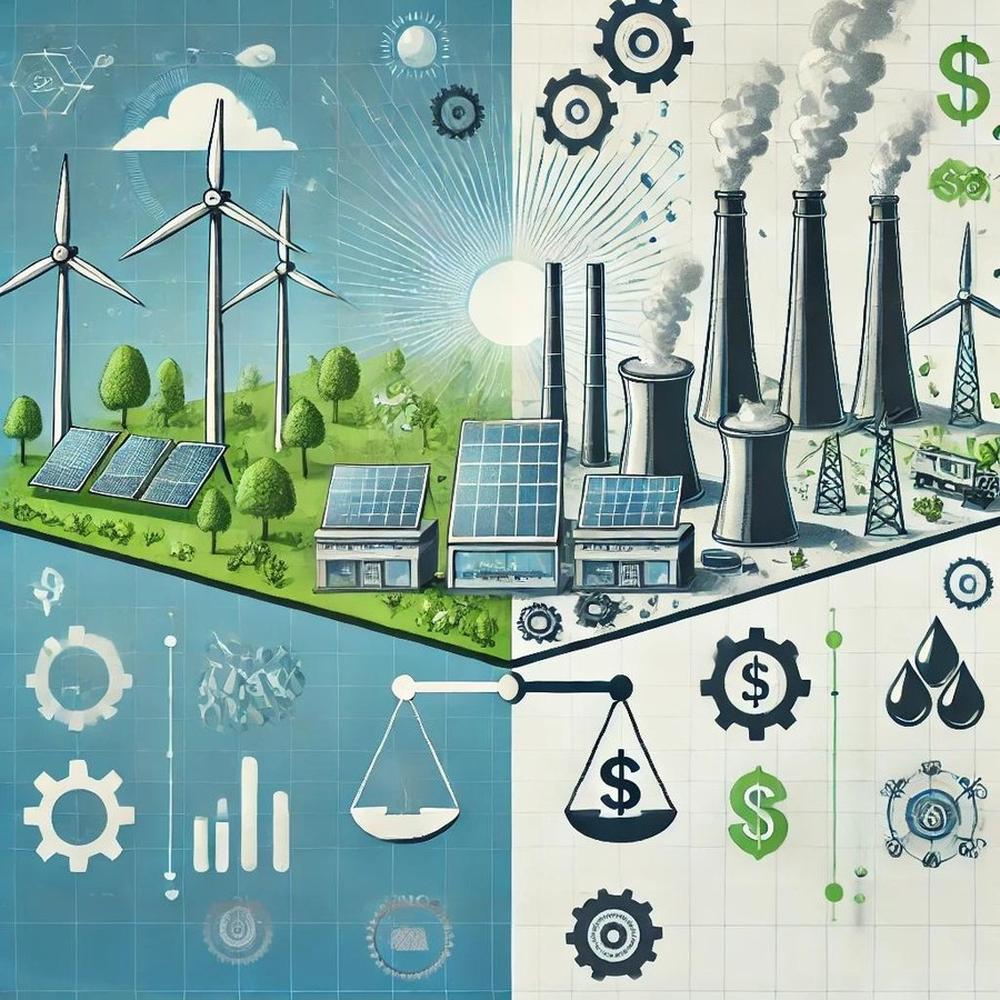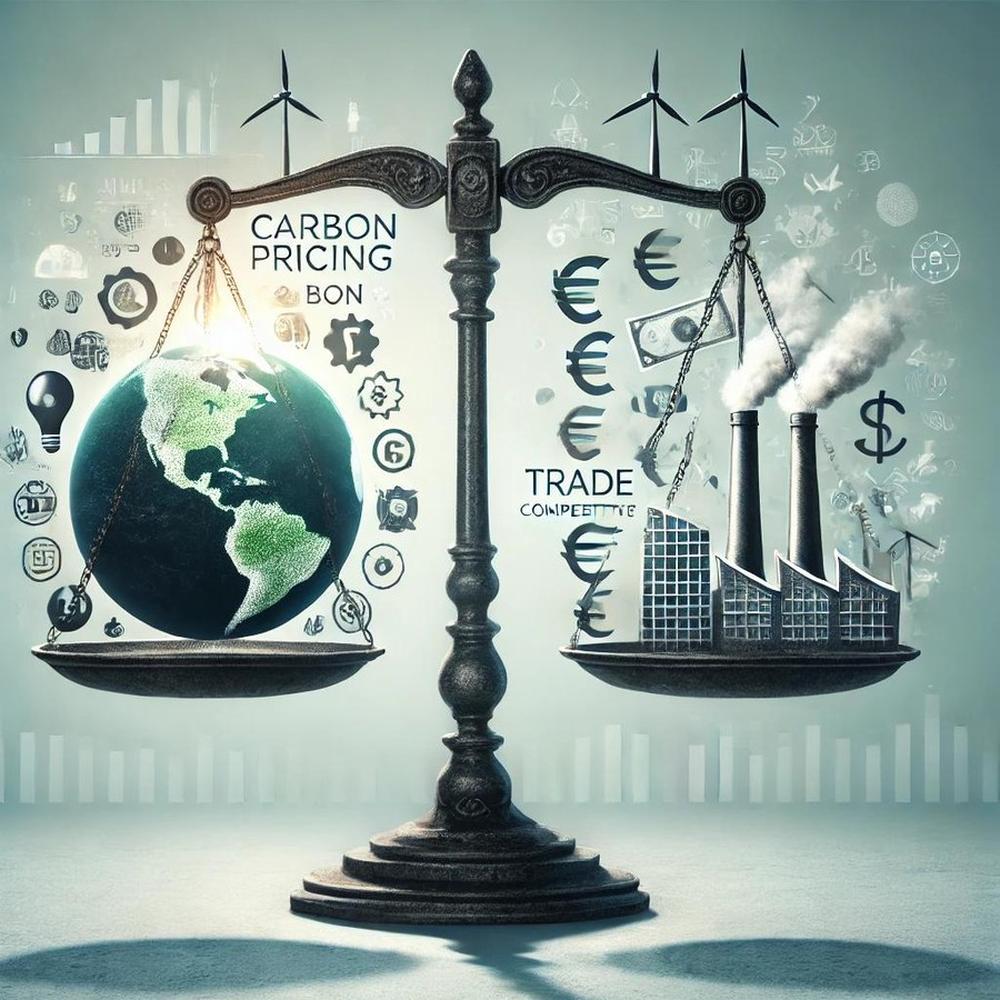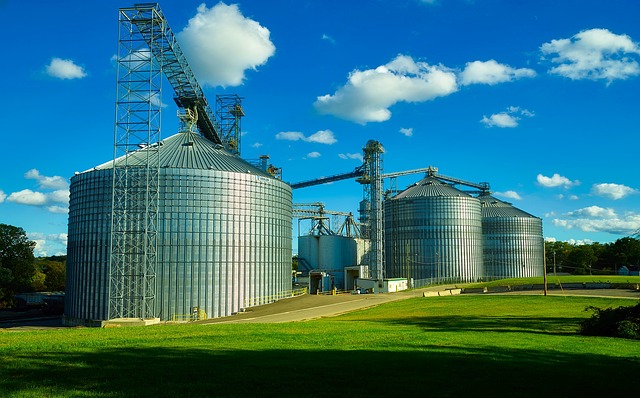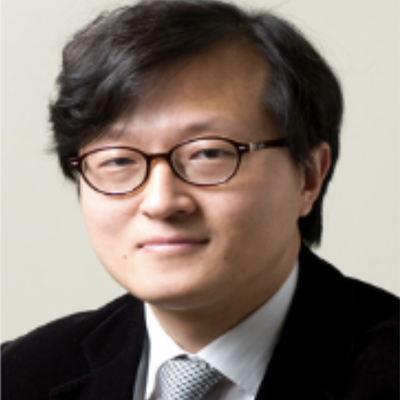
- #Global Issues
- #Nuclear & Missile Issues
- #South Korea
- #Technology & Cybersecurity
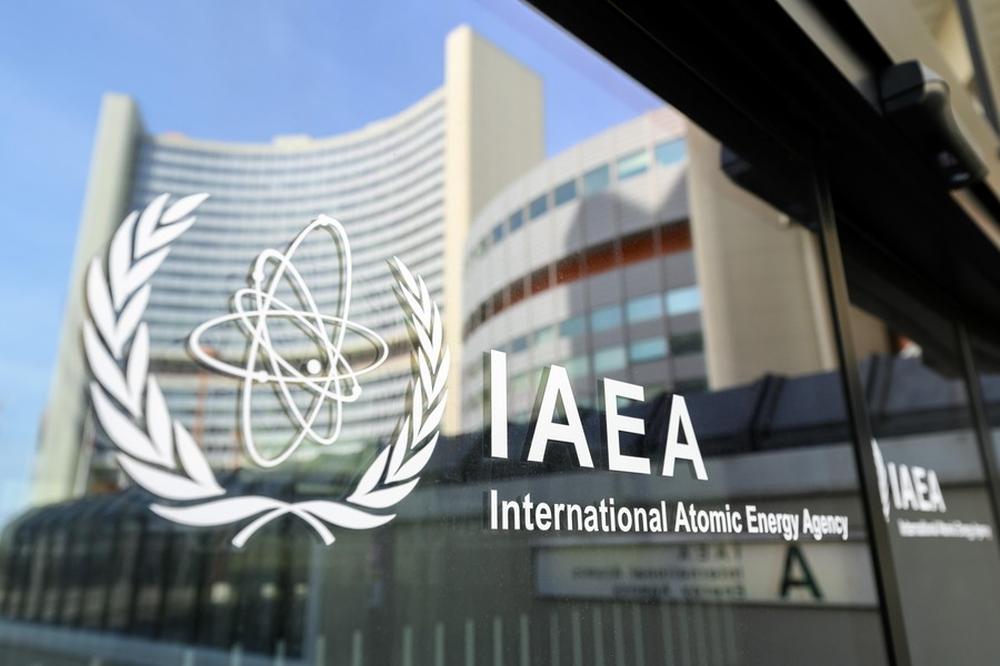
▶ Safety regulations are essential in high-risk industries like nuclear energy, and must be tailored to each country’s unique legal, cultural and technological context, especially with the rise of innovations like Small Modular Reactors (SMRs).
▶ Customized safety regulations in various countries create conflicts, as there is no universal standard, which hinders the widespread adoption of SMRs, which are crucial for carbon neutrality, raising the need for “self-reliant safety regulations”.
▶ “Self-reliant safety regulations” enable safer management by addressing gaps in existing rules and allowing for flexible, graded decision-making.
▶ South Korea must strengthen its leadership in nuclear safety regulations, develop expertise and infrastructure, align with global standards, and actively engage in international cooperation, especially with the U.S., to ensure the safe and innovative future of nuclear power.
1. Nuclear Energy and Safety Regulations
In modern society, safety regulations are crucial to the development of industries and technologies. This is especially true in high-risk sectors like nuclear energy, where strict safety measures are vital. However, each country has different legal systems, cultures, and public perceptions, making it unrealistic to apply the same regulations everywhere. Therefore, customized safety regulations that fit the specific needs of each country are inevitable. This need has become even more critical with the introduction of innovative technologies like Small Modular Reactors (SMRs).
Since the 1950s, when nuclear technology became available for civilian use, countries have developed various types of reactors using different coolants, beyond the commonly used light-water reactors. While large reactors have become the norm in the electric market, smaller reactors have retained their unique characteristics, particularly for propulsion purposes. SMRs, in many ways, are a reimagining of past technologies to meet modern needs, similar to how electric vehicles have gained popularity. However, calling SMRs just "old technology" would be an understatement. Today’s SMRs incorporate over 50 years of accumulated nuclear safety knowledge and improved manufacturing processes. They are designed for rapid, large-scale production, positioning themselves as a global energy solution for various purposes.
However, customized safety regulations in various countries create conflicts. While most countries follow international guidelines for nuclear energy, there is no single standard or consistent way of evaluation. This means that SMRs, which are expected to be vital for achieving carbon neutrality, face challenges in being widely adopted due to safety regulations that can act as barriers. The same issue occurs within countries as well. Safety regulations are often based on past practices, making it difficult for new technologies like SMRs to be easily accepted. This raises the question of how "self-reliant safety regulations" can address these challenges.
2. The Need for Self-Reliant Regulations
First, we need to define what "self-reliant safety regulations" mean. The International Atomic Energy Agency (IAEA) outlines six core functions of nuclear safety, including rulemaking, authorization, inspections, enforcement, and so on. For a country to be self-reliant, it needs the ability to create its own guidelines and apply them flexibly depending on the situation.
International organizations provide key safety guidelines, but these are only recommendations. When a country adopts these guidelines, it adds its own specific rules to fit its unique needs. For example, countries that experience frequent earthquakes must have safety regulations to ensure nuclear plants are earthquake-resistant. Countries with high security concerns must emphasize physical protection. The ability to adapt or customize international standards to local conditions is a key part of regulatory self-reliance.
Another aspect is decision-making flexibility called graded approaches. Situations arise where information is limited, or urgency is high. Not all scenarios are covered by preset guidelines. In these cases, decision-makers must understand the facility’s inherent risks and apply appropriate measures commensurate with the risk. It’s not necessary to create all safety guidelines from scratch. Learning from successful international examples is an efficient approach. However, the way these lessons are customized strongly depends on a country’s level of regulatory capability.
Returning to SMRs, they have different technical features compared to conventional reactors, which means that existing regulations might not be sufficient. SMRs are not just designed to generate electricity—they can also supply heat, hydrogen, and propulsion power for various uses. They are also intended for rapid global deployment. Although SMRs have smaller energy capacities, regulations cannot be relaxed just because of their size. Instead, new regulations tailored to SMRs are needed. This highlights the importance of regulatory self-reliance for individual countries and the need for a global regulatory consensus.
3. Benefits and Challenges
The biggest advantage of self-reliant nuclear safety regulations is that they allow for safer management. Key values of the Nuclear Safety and Security Commission of Korea like excellence, independence, fairness, and reliability are all related to self-reliance. With self-reliant regulations in place, gaps in existing rules can be filled with well-designed guidelines, and exemptions or exceptions can be made through graded decision-making processes when existing regulations do not fit.
Another benefit is that they allow for quicker and more flexible responses to new technologies. SMRs, for example, have a smaller scale, meaning that accidents, if they occur, pose less risk. However, applying the same regulations as those for large reactors could prevent SMRs from reaching their full potential, which is also a loss for the public. Regulatory self-reliance allows for a proportional principle, as emphasized by the Administrative Basic Law.
However, achieving regulatory self-reliance comes with challenges. The first challenge is a lack of technical expertise to develop and manage such regulations. Countries with less experience in nuclear technology may struggle to create their own safety rules, leading to gaps or weaknesses in regulations. Although South Korea has been using nuclear energy since the 1950s, there are still areas where we lack confidence in setting new safety guidelines. Additionally, while existing rules are applied well, decision-making authority and responsibility in situations outside of those rules are sometimes not clear.
The nature of safety regulations often leads to them becoming more prescriptive over time, especially as similar situations arise repeatedly. South Korea has strong, rule-based safety regulations, but there is less awareness of the need to use risk-informed performance-based approaches that consider the unique conditions of each facility.
Self-reliant safety regulations should not lead to isolation. Regulating advanced technologies like SMRs requires a high level of technical knowledge and expertise. If a country lacks these resources, it may be better to pursue international cooperation. Moreover, building global cooperation is also a critical challenge for achieving self-reliance.
4. The Way Forward
There are different views on the effectiveness of South Korea’s nuclear safety regulations. On the one hand, the country’s ability to provide stable and affordable electricity through nuclear power is commendable. On the other hand, the processes and outcomes of safety regulations have been heavily debated frequently.
While we may not expect the regulatory leadership seen in the United States, where safety innovations are led by bipartisan efforts, there is a growing need for leadership in regulatory changes in Korea as well, just as there is in technology development. It is important to build expertise and infrastructure to confidently create new safety guidelines and apply graded approaches in decision-making. Lastly, countries’ regulations and international cooperation should work together. SMR technology needs tailored regulations in each country to prove its safety and innovation, but at the same time, efforts to standardize these regulations globally are essential for gaining international trust. As we follow the efforts of organizations such as the IAEA to build a balanced system, South Korea should also actively participate in U.S. regulatory activities, especially given our reliance for various aspects of our nuclear sector.
The nuclear industry can only move forward within the boundary of regulations. However, the benefits of nuclear energy are usually enjoyed by the whole population, while the risks are often concentrated on a few. As we stand at a turning point in safety regulations, we must consider what tomorrow’s nuclear power will look like.

Professor Gyunyoung Heo received his B.S., M.S., and Ph.D. degrees in Nuclear and Quantum Engineering from the Korea Advanced Institute of Science and Technology in Daejeon, Korea, in 1990, 1999, and 2004, respectively. Currently, he is a professor in the Department of Nuclear Engineering at Kyung Hee University, South Korea. His research interest lies in analyzing the performance and reliability for industrial plants based on statistical and intelligent data processing. His major activities include the development of plant simulation codes and operator aid systems, probabilistic safety and security assessments for nuclear facilities. He is particularly interested in their synergetic outcomes to improve nuclear safety.
